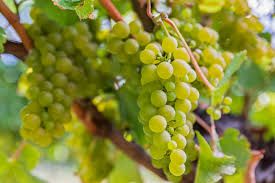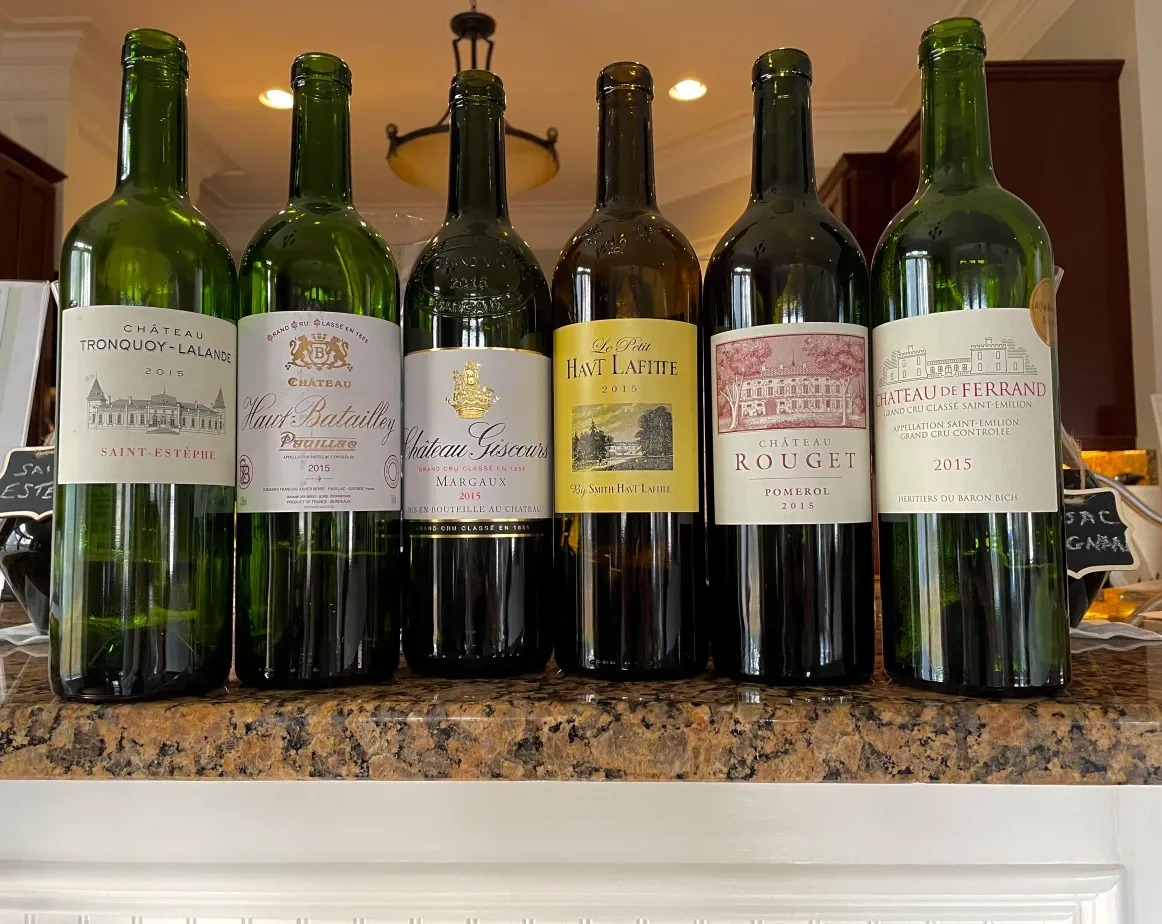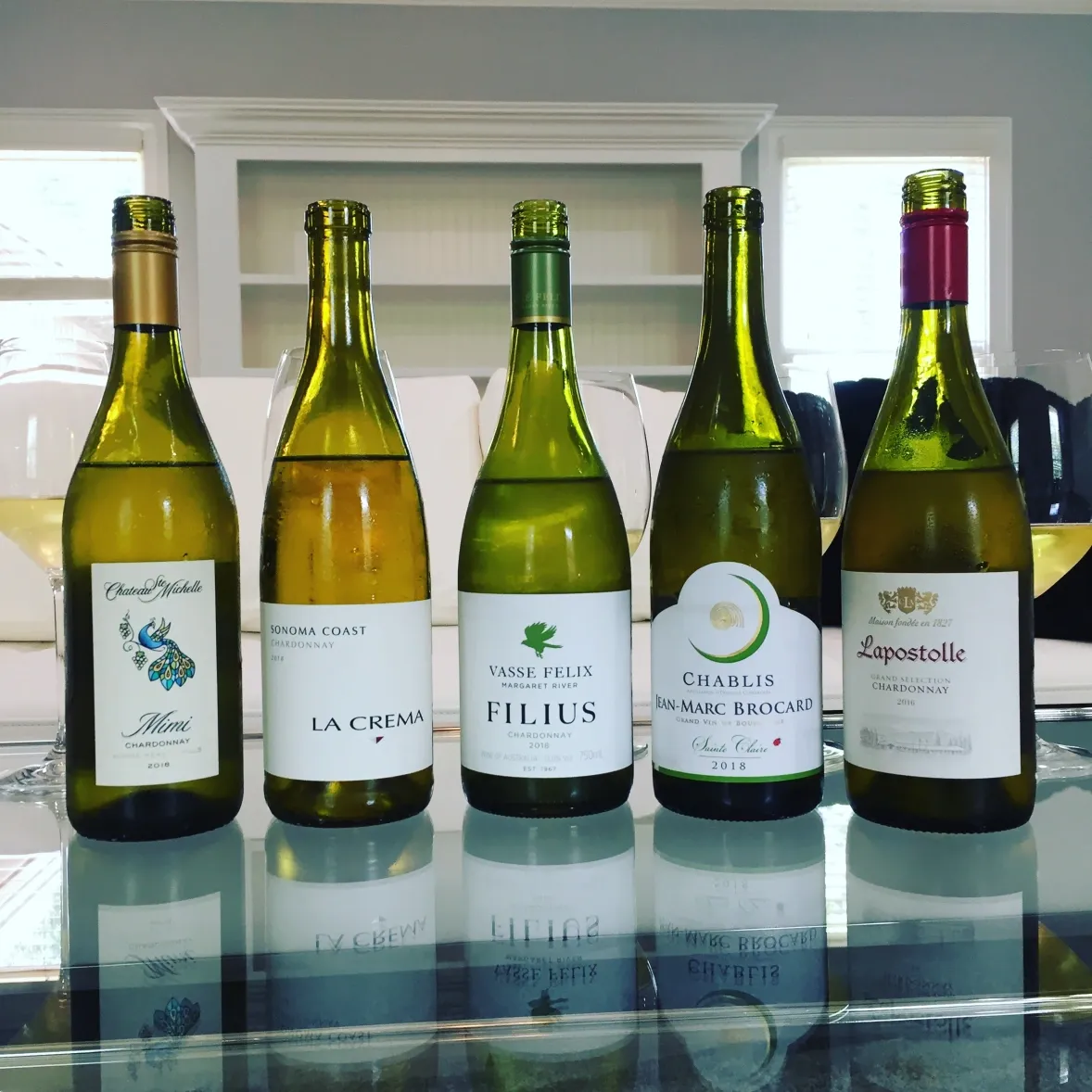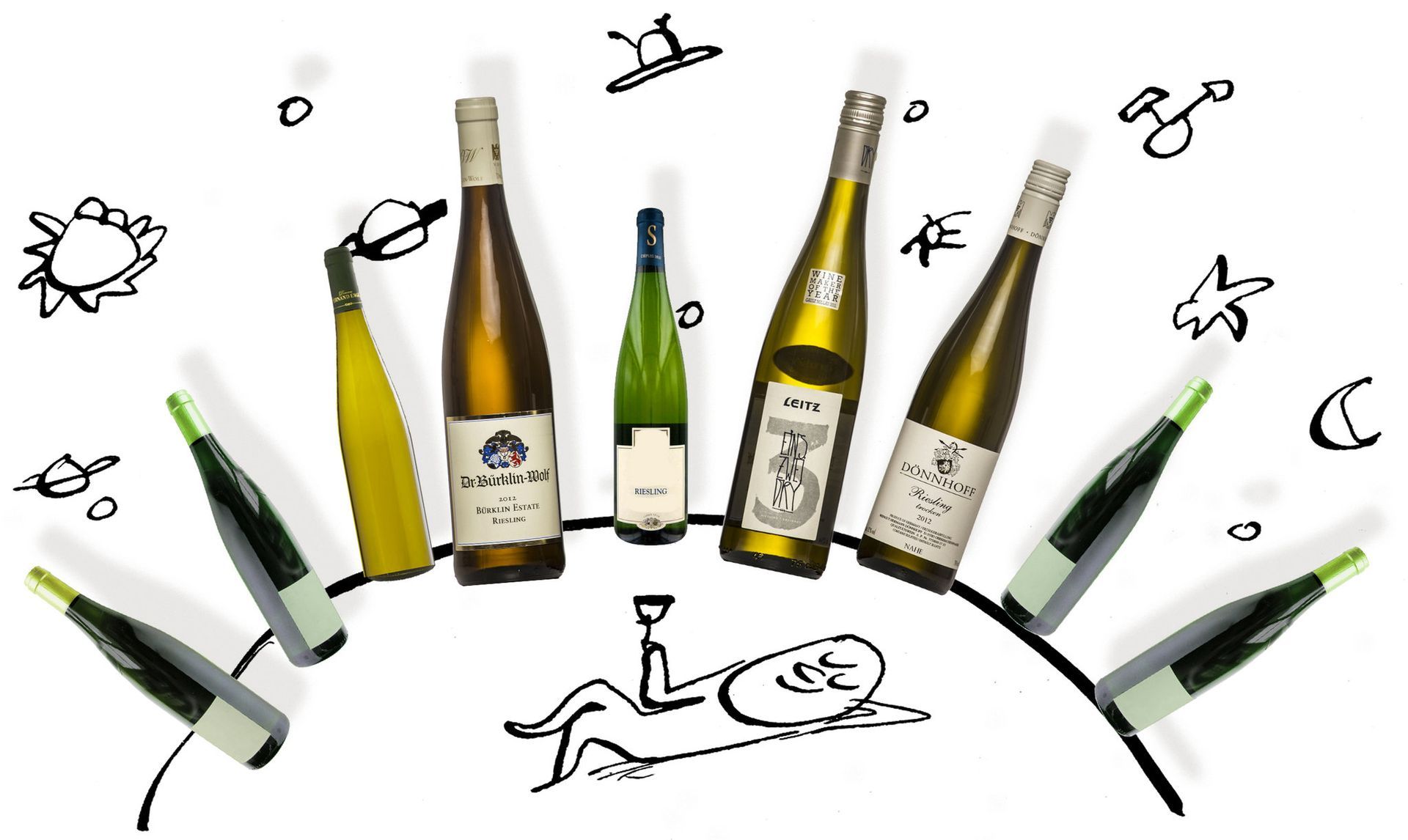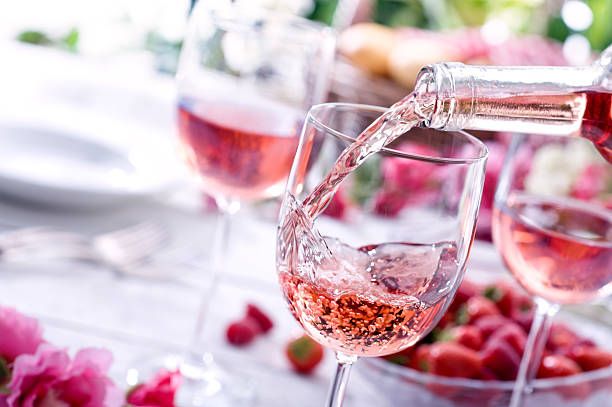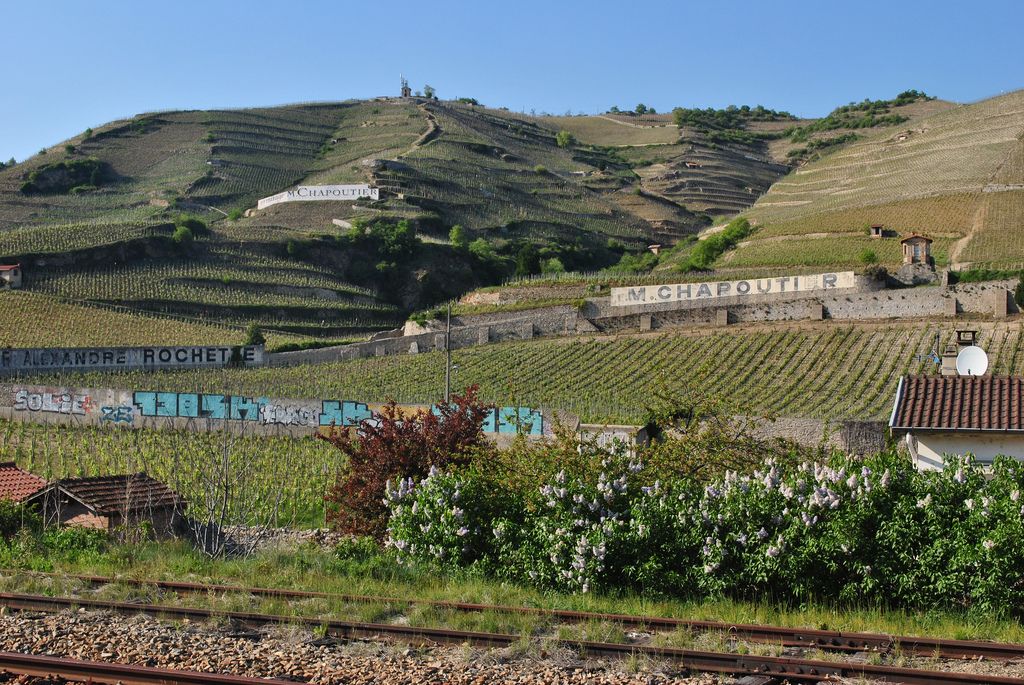Weekly Wine Notes
Beaujolais Crus
Beaujolais wines have many different styles, they’re perfect red wines for all seasons, and are available at great prices. What’s not to love?! There’s the fun Beaujolais Nouveau tradition every November; the lighter, fresh Beaujolais for everyday drinking year-round; and then the more serious Beaujolais Crus, also for year-round enjoyment in various styles. Beaujolais Crus wines are not your fresh fruit, winter holiday wines. These are sophisticated wines at value prices. Read on for quick info and fun facts on the Crus wines.
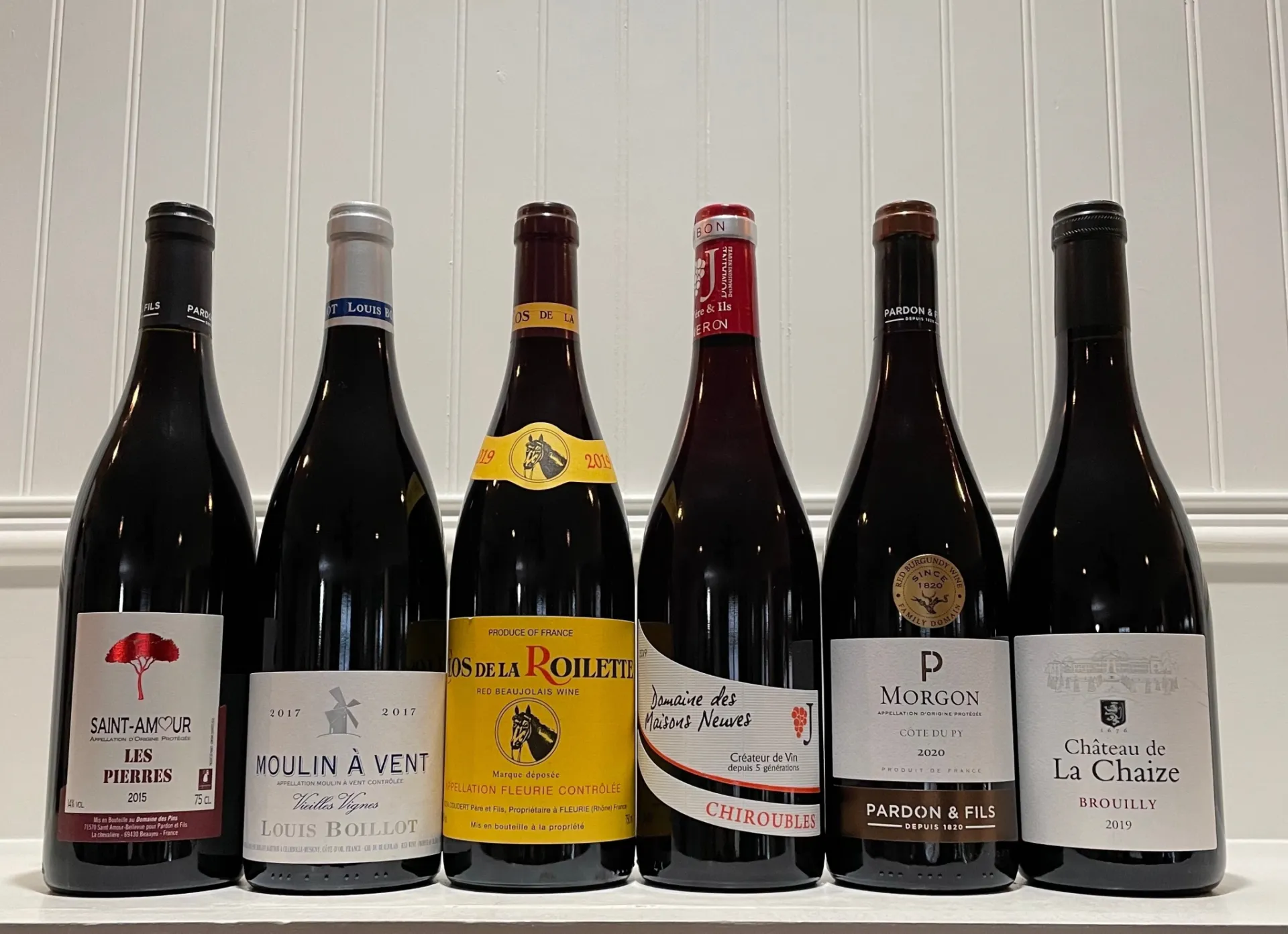
Description/Pairing: There are 10 villages in Beaujolais with very special terroir and therefore allowed to label their wines Beaujolais Crus. They are more structured wines, expressive of their specific terroir. The taste and style will vary depending on the Cru location, and also the producer but here we’ll focus more on the Cru location. Keep reading for quick tips on the Crus that you may prefer. These wines are classic pairings with charcuterie, grilled sausages and other grilled meats, roast chicken, and are also fabulous all on their own.
Fun Facts: Though Beaujolais Crus are all 100% Gamay, each of the 10 Cru has individual characteristics: the “King”, the “Queen”, the Valentine’s Day wine, and more. Read on for quick info to find your favorites!
More Info:
The 10 Crus, listed from North to South:
Saint-Amour – Literally
means “Saint Love” – perfect for Valentine’s Day! Depending on the producer and maceration time (how long the wine rests on the skins), these wines may be either fresh and fruity (shorter maceration), or more structured and tannic (longer maceration). Your local wine retailer is a great resource for more info on specific producers.
Juliénas – Named after Julius Caesar whose troops were stationed here in 100 BC. Wines typically have notes of fresh strawberries with hints of violet and cinnamon.
Chénas – Literally means “a place planted with oaks”. This is the smallest producer of the Crus. Wines can be described as a bouquet of flowers in a velvet basket; great floral aromas, black fruit flavors, some with hints of spice and wood.
Moulin-À-Vent – Considered the “King” of Beaujolais Crus – more tannic and full-bodied. With age, this Cru and the Morgon Cru below tend to have red Burgundy (Pinot Noir) characteristics. Notes from wine in picture above: dried red and black fruit, meaty, tobacco, black tea and a hint of roses,
with great length.
Fleurie – Considered the “Queen” of Beaujolais Crus – more elegant and floral. Notes from wine in picture above: More fruit forward yet great complexity, with fresh strawberries, raspberries and red cherries, hints of roses and baking spices; crisp acidity and a lingering red berry and spice finish.
Chiroubles – Considered the most Beaujolais tasting of all the Crus, typically light and more fruit forward. Notes from wine in picture above: cherry sweet tarts, fresh red plums, strawberries and violets with bright acidity, smooth tannins and a rich, tart, fruit finish.
Morgon – As with Moulin-À-Vent above, tends to have red Burgundy (Pinot Noir) characters with age. At its best, these wines would be very difficult to differentiate from a red Burgundy in a blind tasting. The wine in the picture above was fabulous with red fruit, earth, baking spices, and super smooth/silky tannins. Bonus is that these are generally at least half the price of a red Burgundy.
Régnié – The newest designated Cru, recognized in 1988, with wines typically described as fresh red berries with spice and mineral notes. These wines, as with most Crus, will become more complex with age.
Côte de Brouilly – This Cru lies within the Brouilly Cru, listed below, and is the only Cru with vineyards on slopes facing each point of the compass. Wines are typically described as fresh fruit, mineral notes, silky tannins and great acidity.
Brouilly – The largest producer of the Crus, wines typically have fresh fruit flavors. Notes from wine in picture above: fresh red cherries, minerals and a hint of refreshing mint; smooth tannins and bright acidity.
Have fun finding your favorites! Cheers!
More Wine Articles
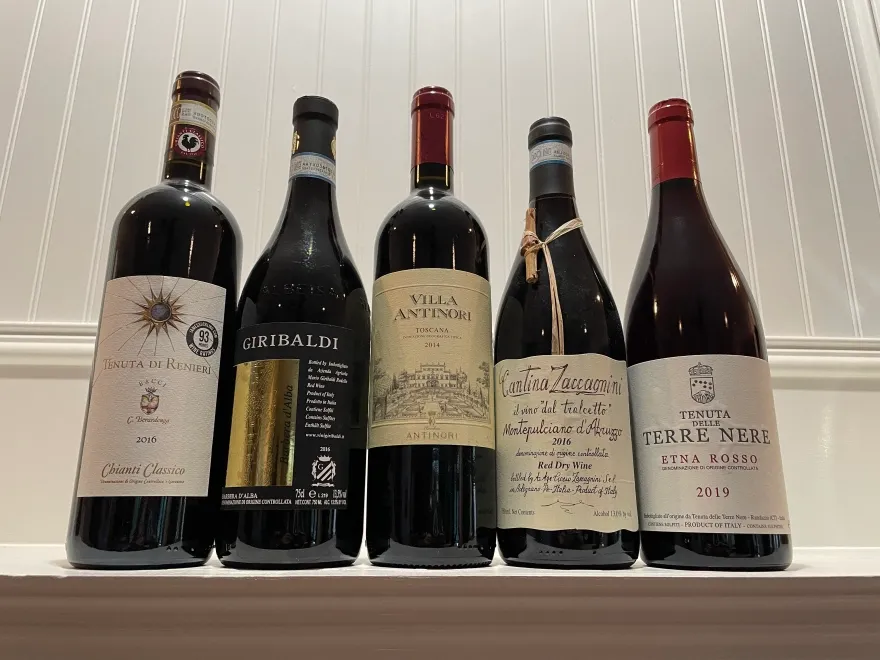
© 2023 The content on this website is owned by us and our licensors. Do not copy any content (including images) without our consent.
This website was thoughtfully created by SWFL Media Consultants


